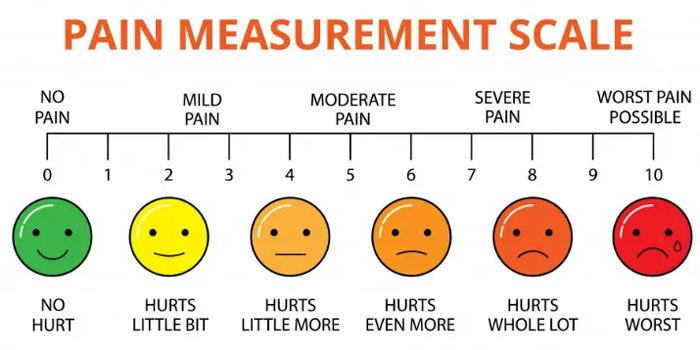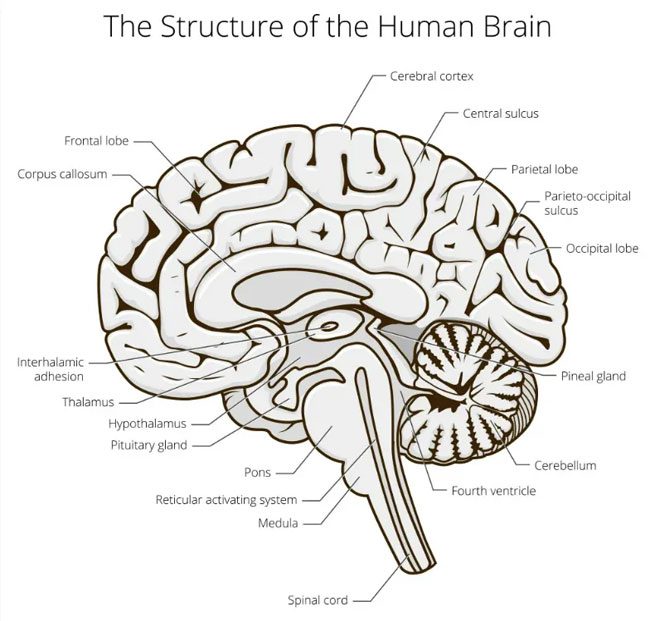Scientific data suggests that individuals with minimal consciousness, such as those who are unconscious, may still experience pain if they are undergoing some form of trauma.
One of the reasons why pain is so difficult to study is that our subjective experience of pain and its physical manifestations vary greatly; each person has different pain receptors and a brain that interprets pain differently.
Generally, animals also possess pain receptors, but it remains unclear whether these creatures “feel” pain in the same way humans do. Interestingly, consciousness and self-awareness are considered crucial criteria for a being to “feel” pain. This is why psychologists believe that infants cannot perceive pain for a significant period.
Typically, we can only determine if someone is in pain and to what extent by asking them. But what about when they are unconscious?
How Does Science Explain This?
One way to investigate this idea is to ask caregivers or those who regularly interact with individuals who are unconscious. In a 2009 study, when asked whether individuals in a vegetative state or unconscious state feel pain, 56% of the doctors surveyed answered yes, and 68% of healthcare staff agreed.
However, we cannot solely rely on their words. A person’s mind can be deceived, confusing pain responses with other reactions. To avoid falling into this “trap,” we will first examine the physiological aspects of the brain.

Pain scale commonly used to study pain
A 2010 study led by Caroline Schnakers (from the Coma Science Group researching pain) distinguished between how the brain perceives pain and how the subject experiences and reacts to it.
The brain may receive pain signals, but the unconscious body does not “feel” or express it outwardly. Researchers also differentiated between a vegetative state (where there is a lack of clear response to any stimuli) and a minimally conscious state (where some repeated responses to stimuli can still be detected).
Schnakers and her research team showed PET scans of the brain in different states. These scans indicated that unconscious individuals do respond to pain to some extent.
How Does Pain Function in the Brain?
The human brain is an extraordinarily complex organ, and not every process occurring within it is accounted for. The amount of information reaching the brain is too vast for it to process entirely. To manage this more effectively, psychologists tend to record which parts of the brain respond to specific stimuli while attempting to assign certain functions to the activated areas based on the stimuli presented.
Using the same methodology, scientists qualitatively divided the painful experiences of the brain into three parts: “cognition – evaluation,” “motivation – affect,” and “sensation – discrimination.” Simply put, this means the emotional response we have when we are in pain, how pain affects the body, and the corresponding sensations in the brain.

Brain regions with different functions
The parts associated with pain are primarily controlled by areas of the thalamus, the prefrontal cortex, and the connections between them. Schnakers’ research team also found differences in how sensory regions of the brain respond to pain in patients in a vegetative state versus those in a minimally conscious state.
In patients in a vegetative state, the cortex reacts strongly to pain, engaging many cortical processes, but there is a disconnection in the neural pathways between the thalamus and the cortex, as well as within the internal parts. In contrast, patients in a minimally conscious state maintain these connections. Additionally, there is a clear activation of the anterior cingulate cortex—related to pain experience—which is not observed in vegetative patients.
Conclusion
Thus, individuals who are unconscious and those in a minimally conscious state can still feel pain. However, comprehensive studies comparing pain levels in various cases are still lacking. Understanding the mechanisms and experiences of pain is significant and far-reaching for treating patients. Without an accurate estimate of the pain that unconscious patients may feel, doctors risk administering overdoses or excessive pain relief, leading to even worse consequences.



















































